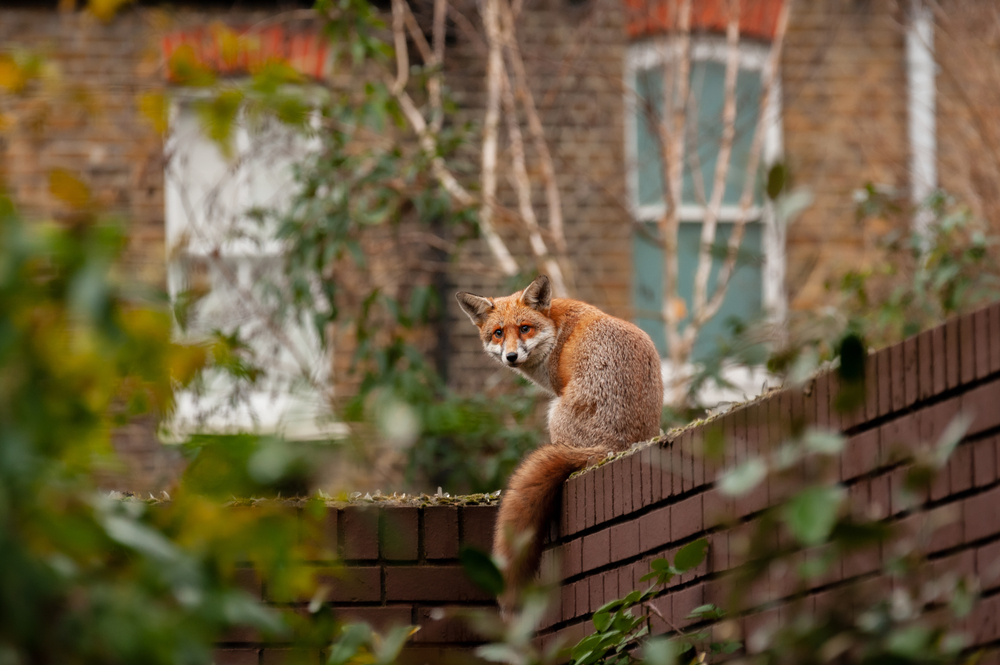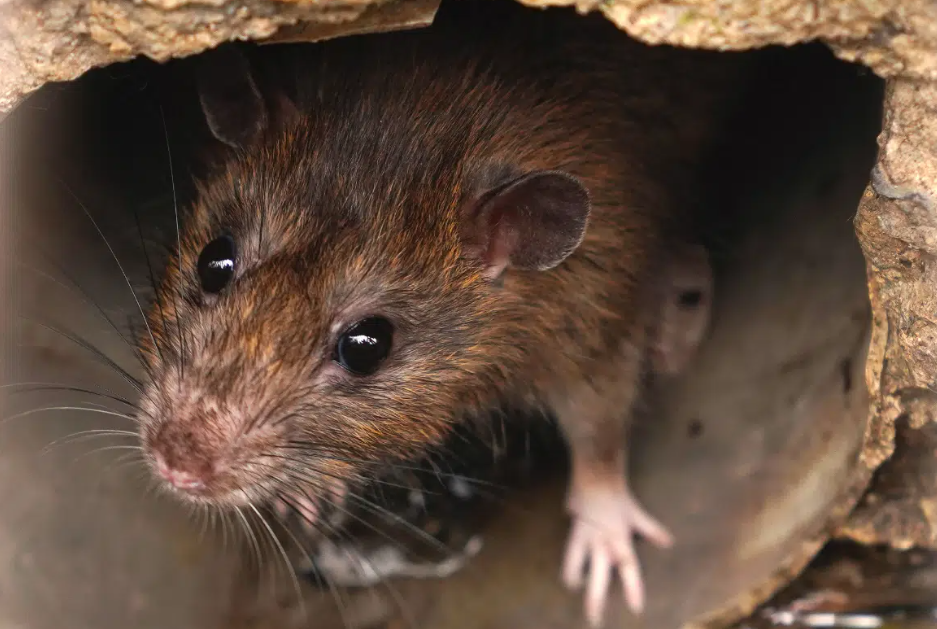How to animal proof your garden

Much as we love our pets, and general wildlife, they can do immense damage to our gardens. From going to the toilet in the middle of pristine lawns, to digging up and eating your favourite plants, protecting your garden against the onslaught of our four legged friends and their wilder, less domesticated cousins, can feel like a never ending battle.
Fortunately there are a number of animal proofing tactics you can put into place to prevent too much damage being done, without doing any harm to visiting animals.
Create animal proof fencing and boundaries
The most instant and immediate barrier to prevent animals from coming in from the outside is to erect a fence. The material and dimensions of fence you use will depend on the type of animal you are protecting against. For example, if you have a regular family of rabbits that love to come in and gorge themselves on your vegetable patch, then a shorter fence with narrow slats will prove a trustworthy barrier.
However, larger more athletic animals such as foxes are more than capable of jumping a six foot fence. In this case, you need to create a 30cm deep trench and finish it with metal garden edging to prevent the fox digging down and under the fence, and install a fence that curves inwards to make it more difficult for the fox to jump it.
Use wire mesh or chicken wire for additional protection
Chicken wire is a low cost material that will be an absolute godsend when it comes to protecting small openings in your boundary fences and walls. Building a brand new boundary fence can be extremely expensive, and if what already exists is functional enough, you will probably just need to find a method of blocking in random openings and holes at minimum cost.
You can also use it to place over some of your more delicate plants to protect them from the sharp teeth of rodents.
Prevention rather than cure
Most animals are attracted to some odours, and completely repelled by others. For examples, foxes have an incredibly strong sense of smell, but are completely put off by substances such as chilli peppers and garlic. If you are battling against a fox infestation, try boiling these in water and then spraying it around the boundaries of your garden. They are also turned off by citrus fruit and coffee grounds, so get in the habit so emptying your coffee pot around your garden fence if you want a low cost way of deterring these pesky raiders.
Companion planting for pest control
Interestingly there are a number of plant combinations which, when grown together, combine to act as a repellent against certain animals. Below are some of the more commonly known ones:
Daffodils: a daffodil bulb contains a toxin that is anathema to insects, mice, voles and squirrels. The fact that daffodils bloom early in the psinrg, they can be used to protect the bulbs and seeds of late bloomers.
Lavender: Not only does lavender smell glorious and attract pollenating bees, they also repel mice.
Russian sage: this beautiful aromatic herb is repellent to deer. If your garden is located in a more remote country environment where you love to see deer enjoying the landscape, but hate them eating your plants, then strategically plant some Russian sage.
Use netting to deter the birds
If you are particularly keen on growing soft fruit and vegetables, then your garden is probably a potential haven for bird life. Protecting your soft fruit against hungry beaks can be achieved by creating a netting cage around the plants. The mesh needs to be small enough to keep the birds out, but large enough to allow the to and fro buzzing of pollinating insects.





